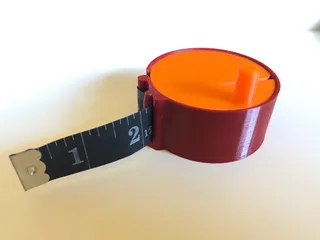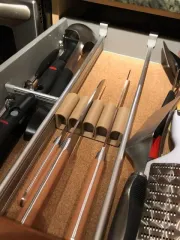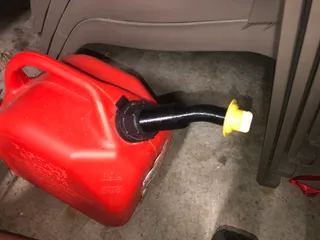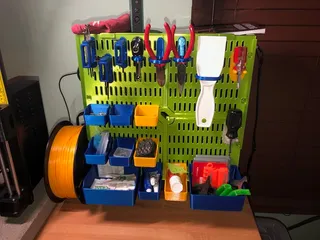Toenail Clippers Shaft Repair
Description
PDFI don't expect this model to have much interest for others, but this like many other projects I have around the house, could not be ignored for engineering a solution.
Last year I bought a new toenail clippers from the jungle website, and overall I was pretty pleased with the feel and function. The size and shape was nice and large for my man-hands and I could cut my toenails with a nice mechanical advantage. The design was pretty simple.
Last week I go to cut my toe nail, squeezed hard and the plastic pin the clippers broke in an explosive crack-ing noise.
I was miffed as the clippers were immediately inoperable. With no shaft, there was no way to pinch the metal on the clippers.
But naturally, my first inclination was that I had to fix this through 3D printing.
So after about 15-20 iterations of a Solidworks CAD model and numerous hours printing test prototypes, I finally got something to work. It uses the best tension and compression directional properties of the 3D FFF process utilizing polycarbonate material (PC).
It's a 2-piece design, with the small cover encapsulating the new shaft once passed through the metal pinch and the 2 levers.
This solution is for toenail clippers of probably many imported Chinese brands that use a weak molded plastic pin to hold all the pieces together in a snap lock (super economical). I don't blame the engineers that originally designed this, as they probably were under orders to make it as cheap as possible, one-piece, easy assembly. There wasn't a focus on cycle testing.
If any of you search for this and need it, here it is; any questions let me know.
*Update 1/8/24-1/28/24
- Made a small thickened feature at the clip bottom for improved strength. Reposted and wrote over existing files.
- The bottom small “knuckle” that grabs the pin needs to be orientated as shown in the .3mf file, for printing.
Tags
Model origin
The author marked this model as their own original creation.




